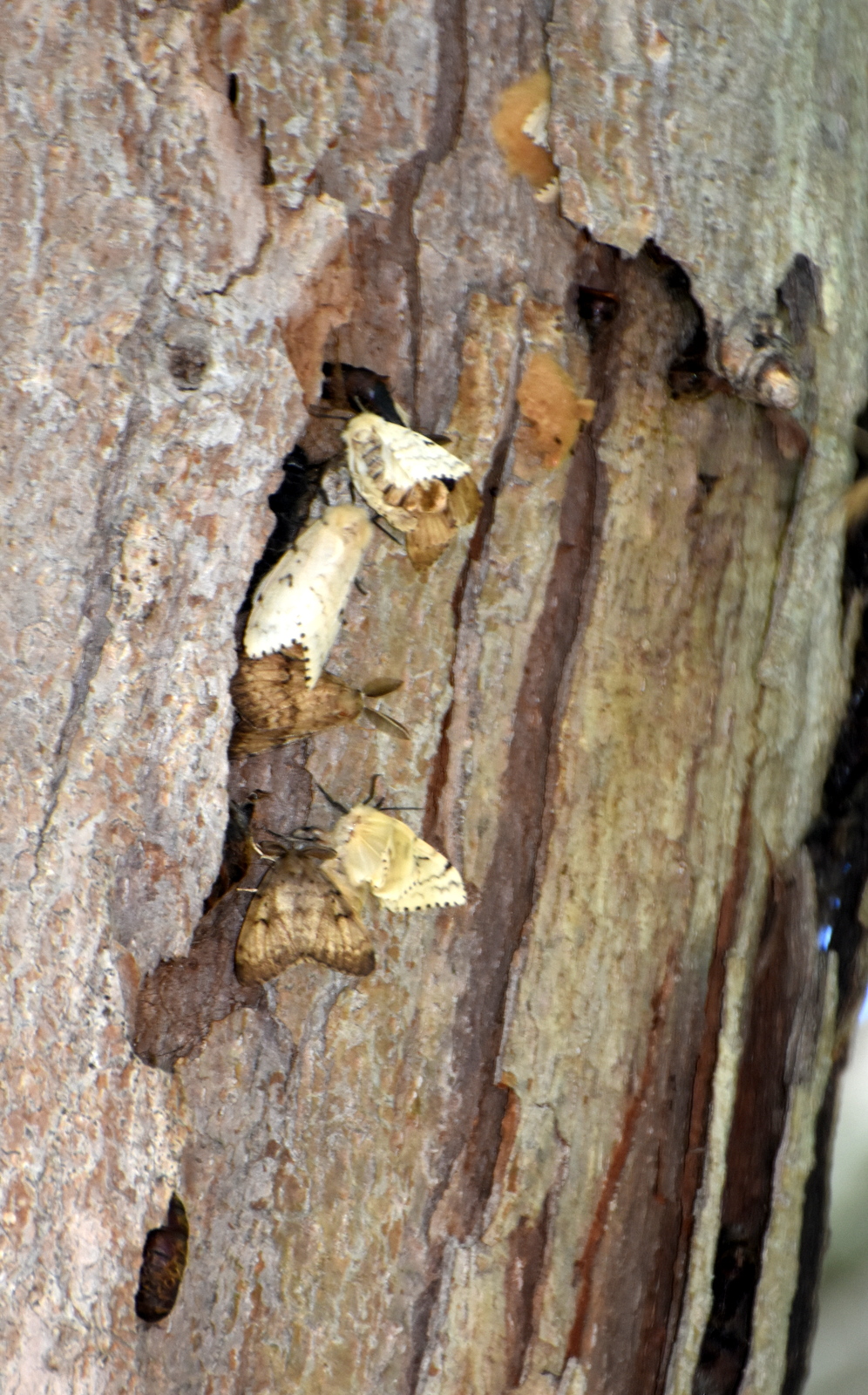Gypsy Moth
Garden clippings for July 21, 2018
As bugs go, Gypsy moth is one of the most unpredictable.
Gypsy moth does not really care what it eats. While most insects will target a specific host plant, Gypsy moth will eat Oaks, Maples, Birch, Beech, Willow, Poplar. If it is a tree, Gypsy moth will eat it. They will also eat evergreens such as Colorado Spruce and White Pine
So far, Sarnia Lambton has been largely spared from the devastating effects of Gypsy moth. Hamilton and areas within the GTA have been targeted more seriously.
Even within a community or neighbourhood, it is difficult to predict where Gypsy moth will feast. While one tree can be eaten alive, the same species of tree across the street can be spared.
The severity of Gypsy moth is cyclical, although experts find it difficult to predict if populations will be high or low. Whether we have a severe or mild winter seems to have little effect on Gypsy moth.
Like so many insects, Gypsy moth has four different stages in life. The adult moth will lay eggs on a host plant that she is sure her children will appreciate. Eggs are laid in masses and are covered and protected by a mass of fine fibres, usually orange in colour. The female lays eggs in mid summer and the eggs will not hatch until May of the following year.
As soon as eggs morph into caterpillars, they begin feeding. Damage for the first week or two is minimal because the larvae or caterpillars are small, less than an inch long. In a few weeks the caterpillars grow to nearly 2 inches and eat voraciously. Through the month of June, they will eat to their heart’s content, leaving tiny black droppings behind.
Gypsy moth larvae are brownish and hairy. They are easily identified by their blue and dull red spots on their back which become more distinctive as they mature.
In early July, the larvae morphs to a pupal stage during which it does not eat. The pupal stage is short lived at only a week or two after which time it becomes an adult. Males are dull brown and females are dull white. Females don’t fly and die as soon as the job of laying eggs is done.
For homeowners, control measures are limited. Between the months of August and May look for and remove egg masses. They are easy to spot and can mostly be found on the trunk of trees. Early in the larval stage, BTK, an organic insecticide will provide safe and effective control.
The good news is that Gypsy moth is not yet a serious threat for Sarnia Lambton. Eating sections of leaves will not pose a problem. Even if all the foliage has been eaten, the tree will do its best to produce a second set of leaves. It is only if a tree is defoliated for several consecutive years that a tree might be in jeopardy.


